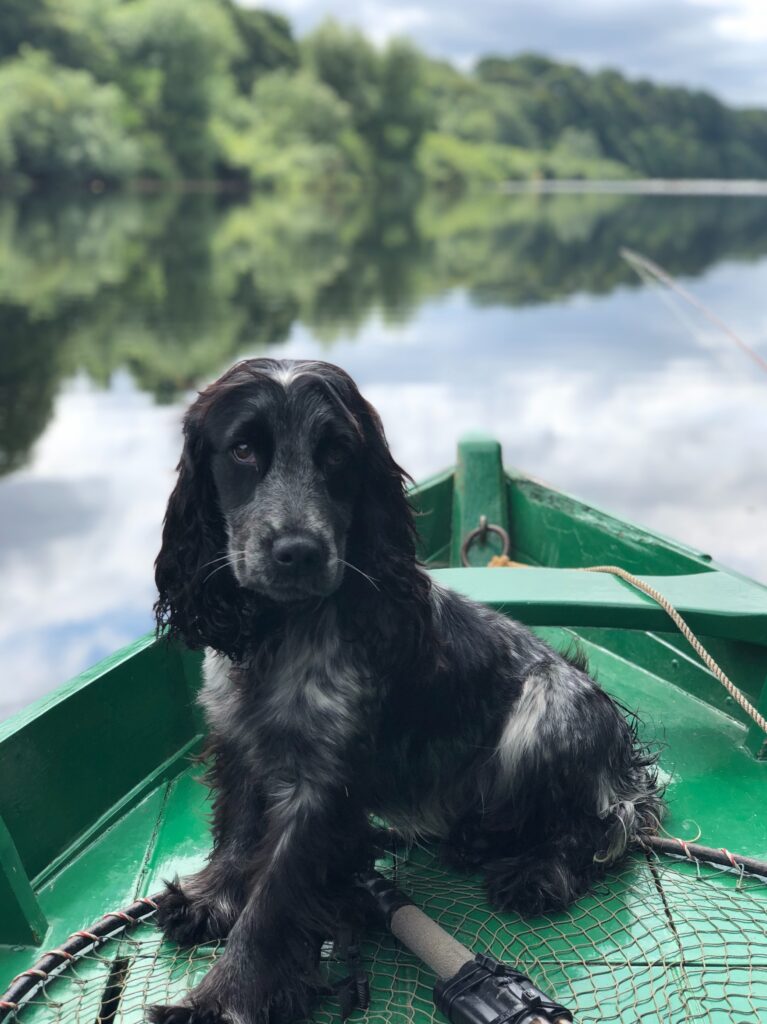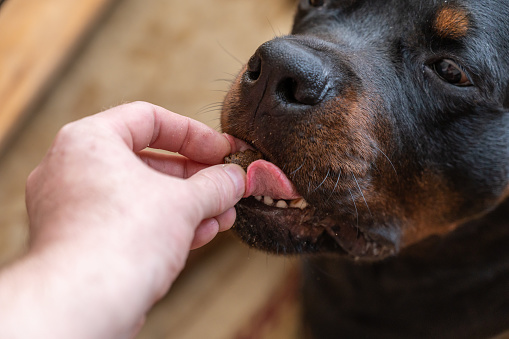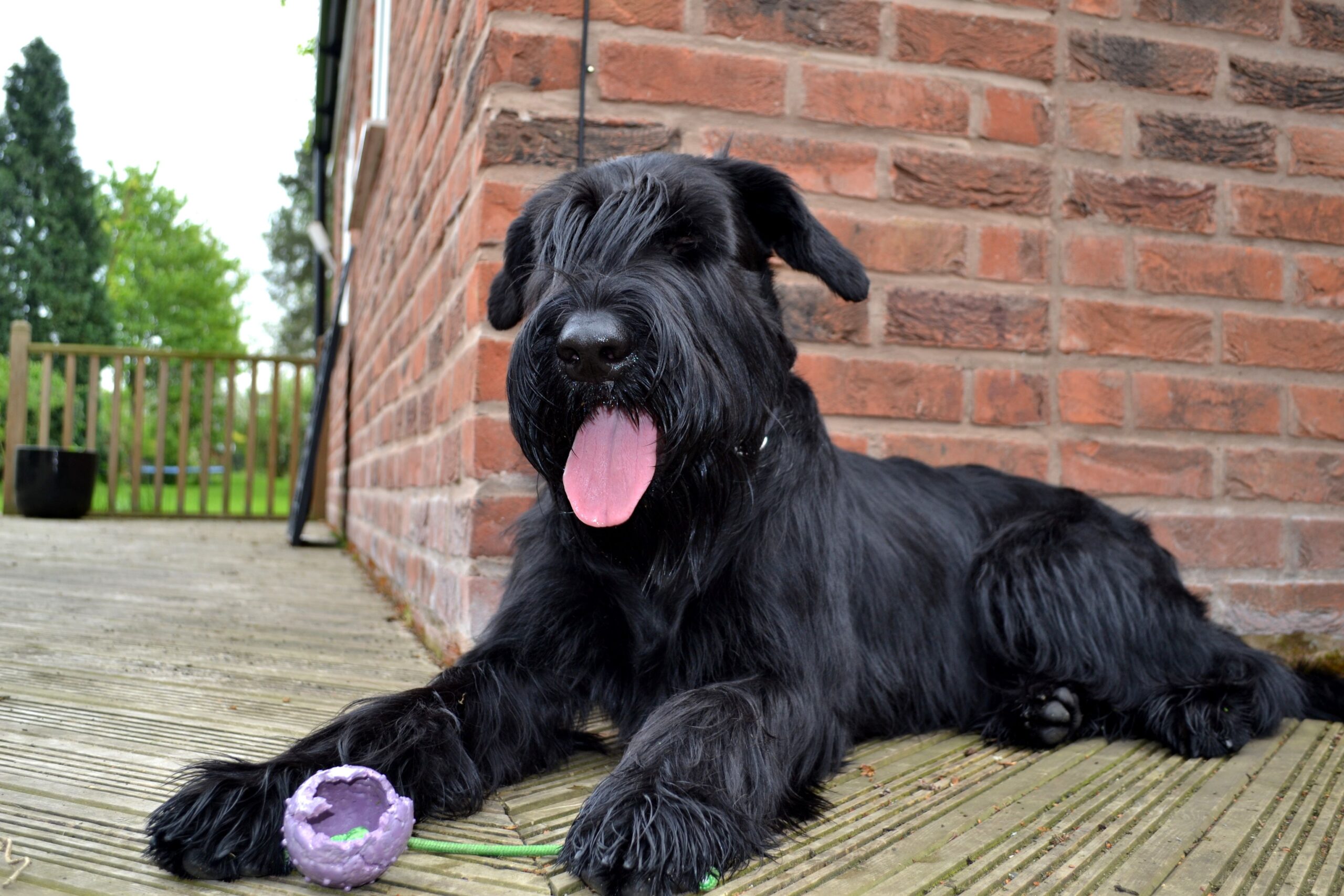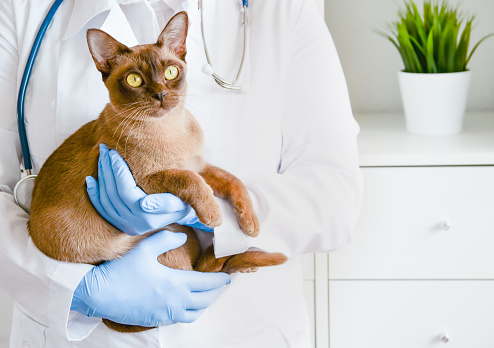A chronically dry nose can indicate a number of serious health problems – but a few causes are benign. Here’s how to know when you should seek veterinary care.

Utmost of the time, if your canine’s nose seems a bit dry, it’s not a big deal. The stuffiness of a canine nose is a dynamic situation, constantly changing in response to the canine’s hydration and exercise status and the environmental temperature and moisture. Dogs’ tips are always drier when first waking from a nap. Some of the brachycephalic types, like Prizefighters and Shih Tzus, can’t master their tips veritably effectively, which means they’re always a little on the dry side.
So when should you be concerned about a dry nose? If the appearance of your canine’s nose changes, if your canine seems at all uncomfortable, or if there’s nasal discharge. These are all signs that commodities differently may be going on and it’s time to see the warhorse.
A DRY NOSE IS Fairly BENIGN
Two of the least worrisome conditions that can beget a dry nose are hyperkeratosis and blocked gash tubes.
Hyperkeratosis is a common condition in growing tykes. Keratin is a protein plant in hair, skin, and nails. Canine tips contain lots of them. With age, the canine’s normal cell development slows, and keratin builds up. This results in those blunt, scraggy, not- so- enough tips you occasionally see on senior tykes.
While benign, hyperkeratosis can be uncomfortable, so keeping the nose as moisturized as possible is recommended. ( See “ Effective Moisturizers for Persistently Dry Tips” on the coming runner for moisturizing product recommendations.)
In some cases, if the buildup gets inordinate, your veterinarian may be suitable to trim back some of the hardened towels, which will allow your moisturizing agents to work more.
Still, he may have blocked gash (nasolacrimal) tubes, If your canine’s nose is dry and his eyes are soddening exorbitantly. This can be on one side or both. Occasionally mucous can block the inside of an else healthy gash conduit. Swelling from girding inflammation or infection can block a tear conduit from the outside. Your veterinarian can confirm gash-conduit inhibition by putting a fluorescent stain in the eyes and looking to see if any luminescence appears at the nostrils. However, the conduit is clotted, If not.
One can

aggressively treat this condition by flushing the gash tubes under general anesthesia. Frequently, because this condition isn’t dangerous and general anesthesia isn’t without threat, this option isn’t pursued. Still, if your canine has to be anesthetized for commodity differently ( similar to a dental procedure), consider having the tubes flushed.
Occasionally you can dislodge a mucous draw with a repeated, gentle, indirect massage under the inside corner of your canine’s eyes.
Your veterinarian may have you try antibiotic ophthalmic steroid drops if infection or lump is suspected as the underpinning cause for the gash-conduit inhibition.
Effective Moisturizers for Persistently Dry Noses
- Snout Soother by American Dog Co.
- Solva-ker gel by VetriMax (contains salicylic acid, which is keratolytic)
- Dermoscent BIO BALM
- Musher’s Secret
- Coconut oil
More serious causes of a dry nose include infection, dry eye pattern, autoimmune complaints, cancer, and habitual observance infections.
• Infection of the nose or nostrils, called nasal pyoderma or mucocutaneous pyoderma, can beget blankness, cracking, discomfort, and nasal discharge. It may involve one nostril or both. Treatment is generally oral antibiotics, as it’s tough to effectively treat a nose infection topically due to the canine’s frequent licking. However, mupirocin is considered the antibiotic of choice, If topical antibiotics are tried.
• If your canine’s nose is dry and he has bothered, dry-looking eyes with inordinate, thick mucous discharge, he may have a dry eye pattern ( also known as keratoconjunctivitis sicca or KCS). Shy gash product due to KCS results in dropped humidity flowing to the nose. There’s a simple test for this condition that can be performed right in the test room. However, the dry nose will resolve, If KCS is verified and treated.
• Pemphigus and discoid lupus erythematous are vulnerable-mediated conditions that can affect a canine’s sot, encrusting, cracked, painful nose. Other mucocutaneous junctions on the canine ( i.e., eyes, lips, genitals) may also be affected. The opinion requires vivisection. Treatment involves long-term steroids or other vulnerable-suppressive curatives.
• Nasal cancers, like scaled cell melanoma, will constantly start out looking like a dry, blunt nose. However, see your veterinarian right down, If the nose changes you’re seeing get precipitously worse.
• If your canine suffers from habitual observance infections and a dry nose, there could be a connection. The blankness of the nasal mucosa, called xeromycteria, can affect injury to the parasympathetic jitters that innervate the nasal mucosal glands. Because these jitters travel near the middle observance, inflammation associated with infection of the middle observance (otitis media) can damage these jitters. Otitis media is generally caused by habitual, undetermined external observance infections. To avoid these serious complications, be sure to work with your veterinarian until the full resolution of any observance infection is verified.
• Disinclinations occasionally get criticized for causing dry tips in tykes. I don’t know if they do or not, but if they do, successful treatment of the underpinning mislike should resolve the problem.
THE BOTTOM LINE ON A Canine WITH A DRY NOSE
Still, it’s okay to try effects like adding moisture in your home and applying a topical moisturizer, If your canine develops a dry nose. But if that dry nose persists, or gets worse, see your veterinarian. Occasionally a dry nose is further than just a dry nose.






